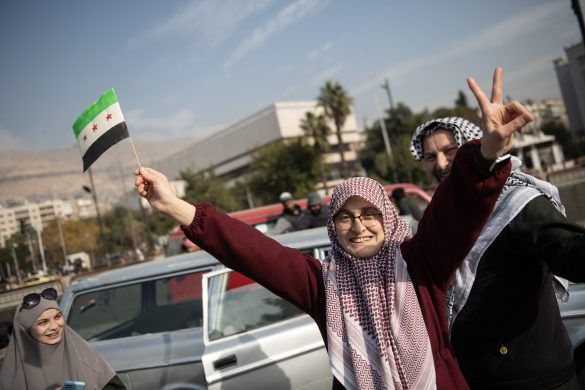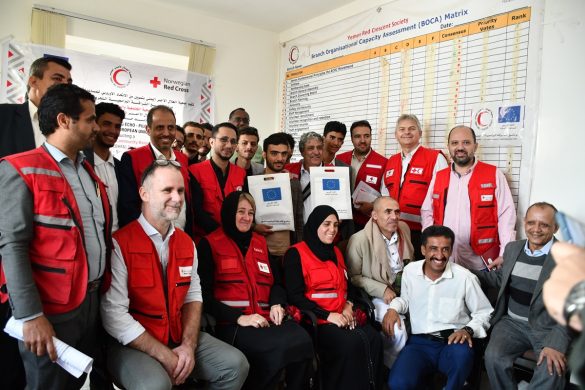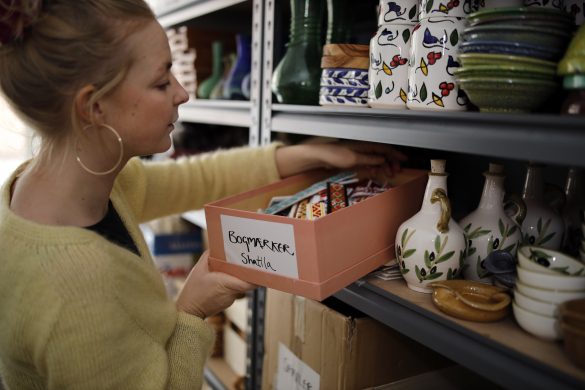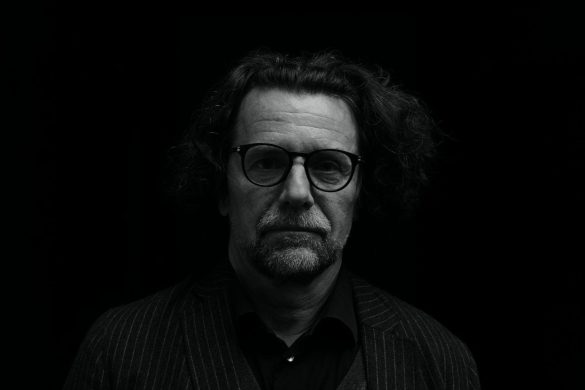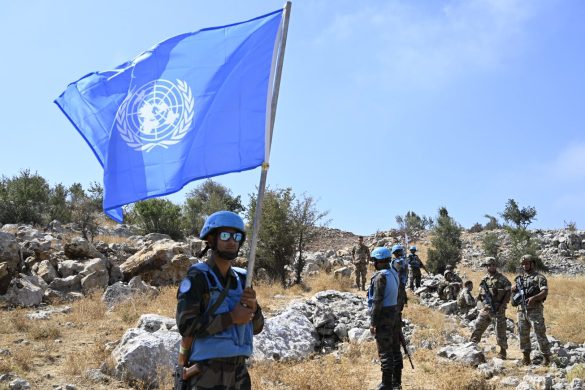Denne del af det lille, strategisk vigtige land i Mellemøsten er omtrent glemt i dag, hvor krisen i Syrien og andre omvæltninger i den arabiske verden tager overskrifterne – men områdets omskiftelige og voldelige historie sætter sit præg den dag i dag.
RESUMÉ
• South Lebanon now relatively stable
• Chance to increase government presence
• Economic development key to long-term regional stability
• Donor attention shifts elsewhere
WAZZANI, 15 February 2013 (IRIN): Time has forgotten parts of southern Lebanon, even if war and occupation have not.
Like in other parts of the south, the lack of development in Wazzani, a tiny Bedouin village on the Israeli-Lebanese border, goes back decades.
Historically tied to Jerusalem more than to Beirut, the area suffered isolation after the creation of Israel in 1948.
That was followed by an influx of Palestinian militias, 22 years of Israeli occupation, the subsequent dominance of the militant and political resistance group Hezbollah, and the 2006 war between Israel and Hezbollah.
“This place died in 1948. It was never able to recover”, said one UN peacekeeper in the region.
Little progress for years
The result is an area with little government presence – there is just one government-run school which shut down years ago and a health clinic that opens twice a week and does not always have pain relievers (smertestillende midler).
And there has been little progress since the end of the war:
Shepherds graze their sheep just as they did years ago – on land without enough forage (foder til dyrene).
Empty houses are now used to shelter animals – three-quarters of the population left during the Israeli occupation, the mayor of Wazzani said, and never came back.
The south is not alone in its neglect.
All of Lebanon’s peripheries (udkantsområder) are underdeveloped, and in fact, the north and east of the country – now sheltering tens of thousands of Syrian refugees – are even worse off.
But the south’s history of war and instability makes it a special case, argue the UN Resident Coordinator’s Office (RCO).
So does the 12.000-strong UN peacekeeping force (UNIFIL) mandated to monitor the cessation (ophør) of hostilities between Lebanon and Israel.
“It is a very fragile part of the country. We ignore it at our own risk,” said Robert Watkins, UN resident and humanitarian coordinator.
The past few years have brought an unprecedented period of calm to the south.
Residents hesitate to call it stability and the UN leadership here sees this as an opportunity to sustainably engage the area after decades of abandonment by trying to increase government services and economic development.
But as the Syrian refugee crisis in northern and eastern parts of this small neighbouring country has distracted donors, aid workers and the government alike, the pleas (bønnerne) in this remote and delicate part of the country are falling – for the most part – on deaf ears.
Construction boom
Læs videre på
http://www.irinnews.org/Report/97484/Why-southern-Lebanon-still-matters



